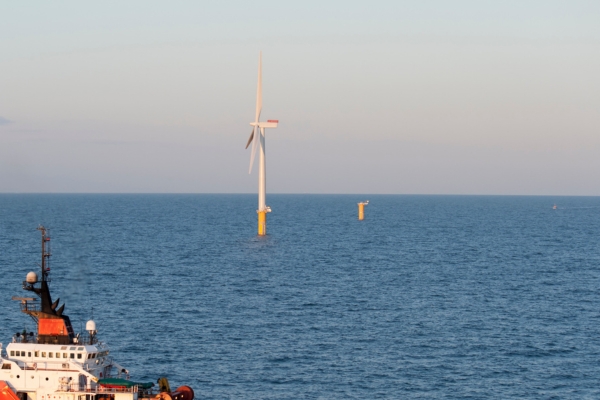Bottlenecks Threaten Europe’s Offshore Wind Growth Despite 411GW Pipeline
Europe’s Offshore Wind Surge at Risk from Bottlenecks
Europe’s offshore wind sector has reached a significant milestone with a 411GW pipeline across 386 projects, according to a new report from the Energy Industries Council (EIC). However, critical bottlenecks in ports, vessels, and auction design could derail progress toward 2030 climate and energy targets.
A Strong Pipeline, But Limited Delivery Capacity
Currently, 84% of projects remain in planning or feasibility, while only a fraction are under construction. One of the biggest hurdles lies in installation capacity: of Europe’s 80 specialist offshore wind vessels, just five can handle the latest 14–15MW turbines.
Port infrastructure is another challenge. Upgrades take six to ten years, often clashing with project schedules and delaying turbine deployment.
Where Europe Stands Today
-
Operating capacity: 37.8GW
-
Wind farms: 150, with 7,178 turbines
-
Leaders: UK (15.6GW), Germany (9GW), Netherlands (5.5GW)
-
Floating wind: Now 37% of the pipeline, especially in the Mediterranean and southern Europe
Policy Pressures and Auction Risks
While countries like France and Norway have pushed forward with floating wind auctions and competitive CfD awards, Germany faces challenges. A 31.1GW pipeline is under pressure from negative bidding, raising costs and slowing project delivery.
The EIC warns that unless financial investment decisions, port capacity, and auction structures are aligned, Europe risks slipping behind.
Competition from China
Chinese manufacturers already hold a significant advantage, with 82GW of annual offshore wind manufacturing capacity, compared to Europe’s 20GW. Without robust auction design and supply chain financing, Europe risks repeating the setbacks seen in the solar industry.
What Needs to Happen Next
EIC experts stress the importance of coordinated action:
-
Policy alignment: predictable auction schedules with non-price criteria
-
Port investment: accelerate upgrades to meet turbine size and scale
-
Capital flow: through the European Investment Bank (EIB) and national finance tools
-
Supply chain resilience: enabling OEMs, ports, and vessel owners to plan for growth
Source: ReNews
